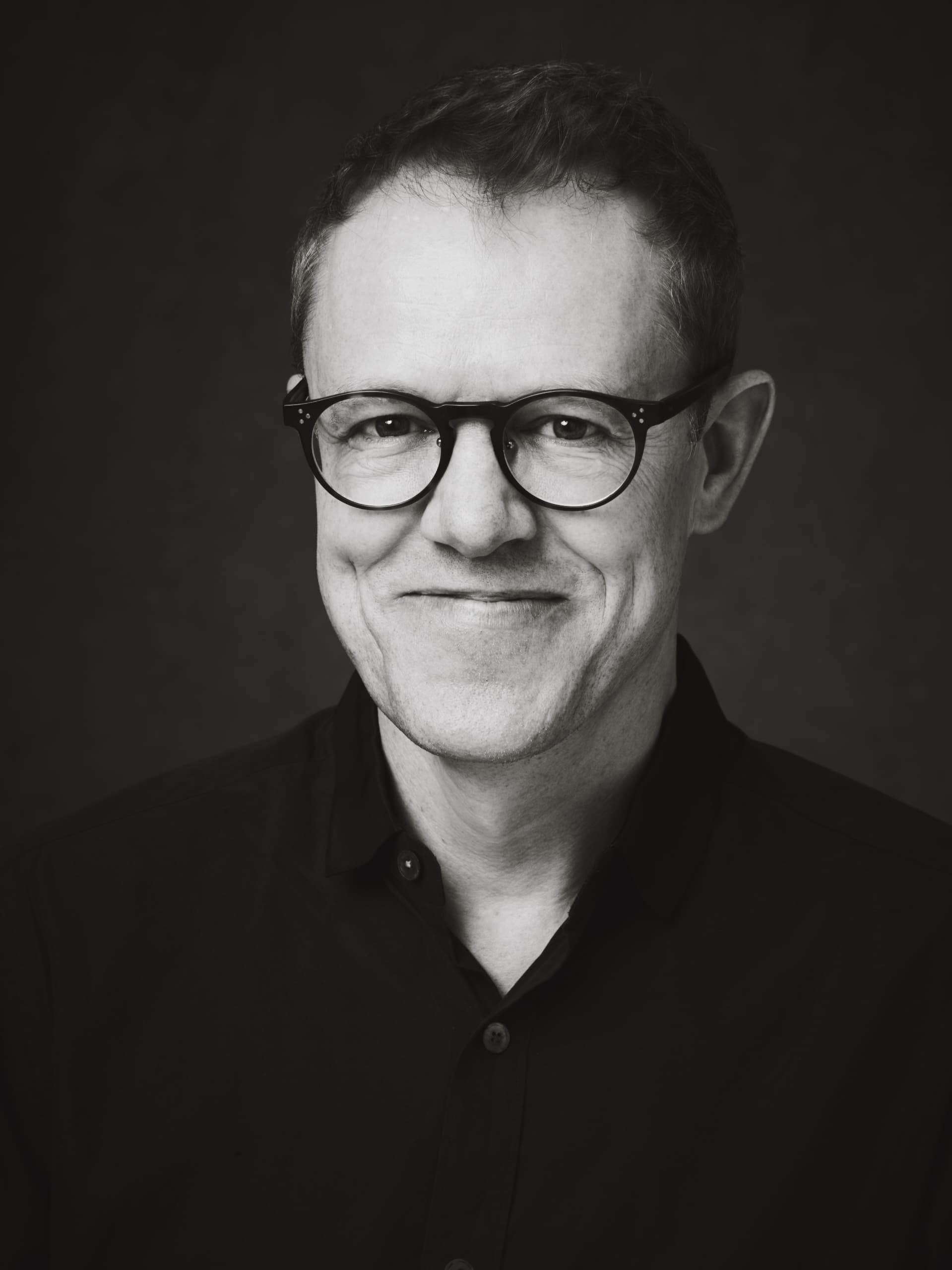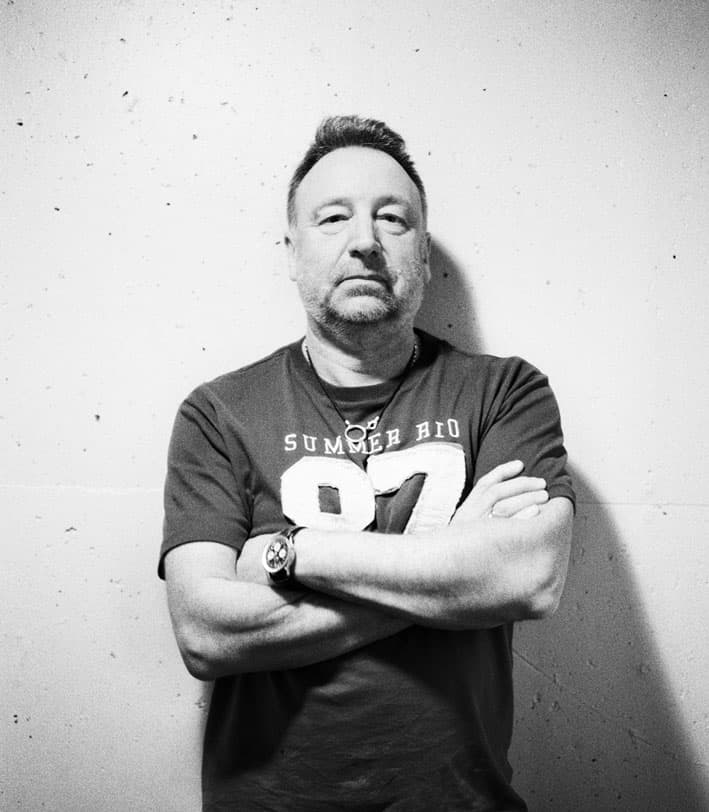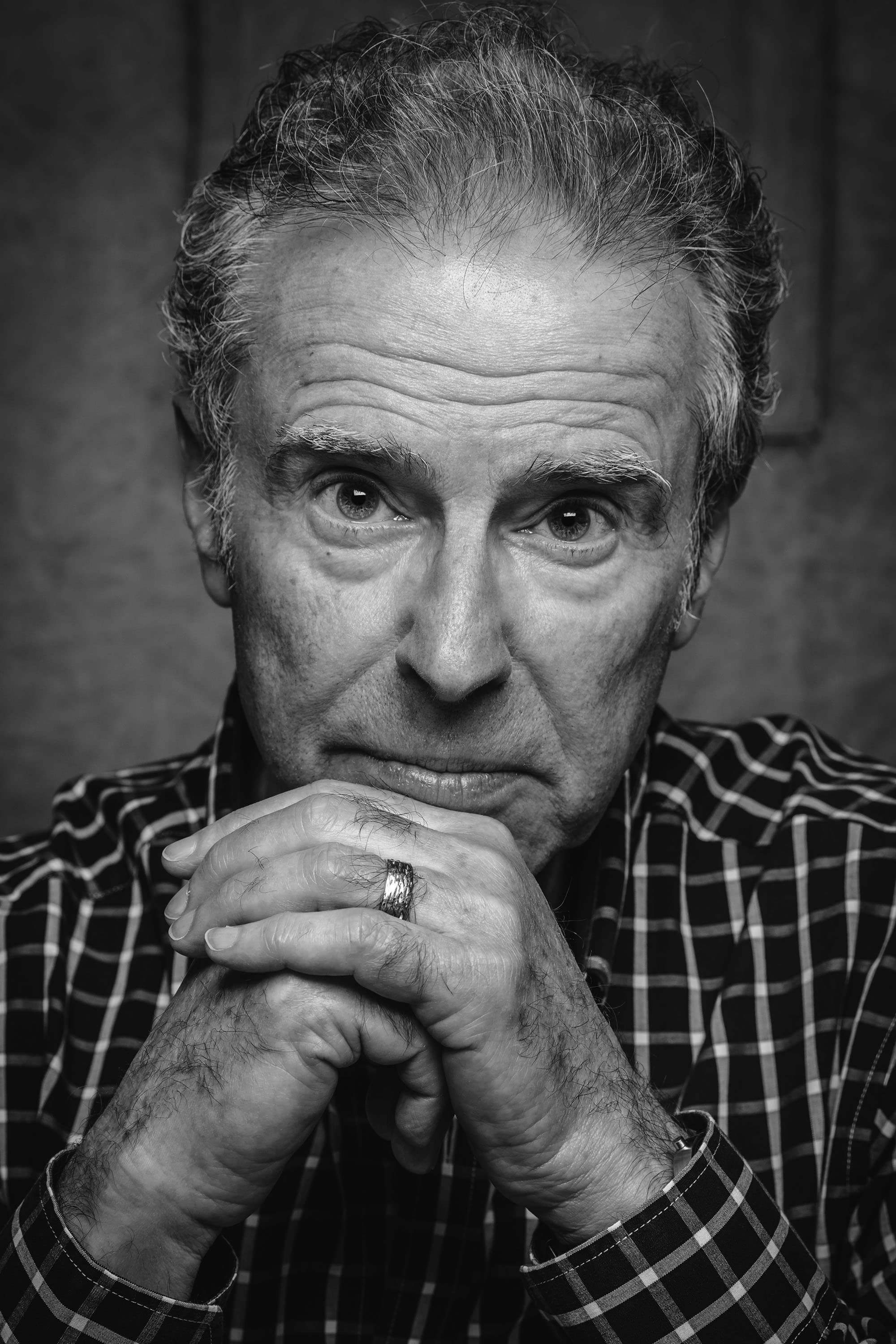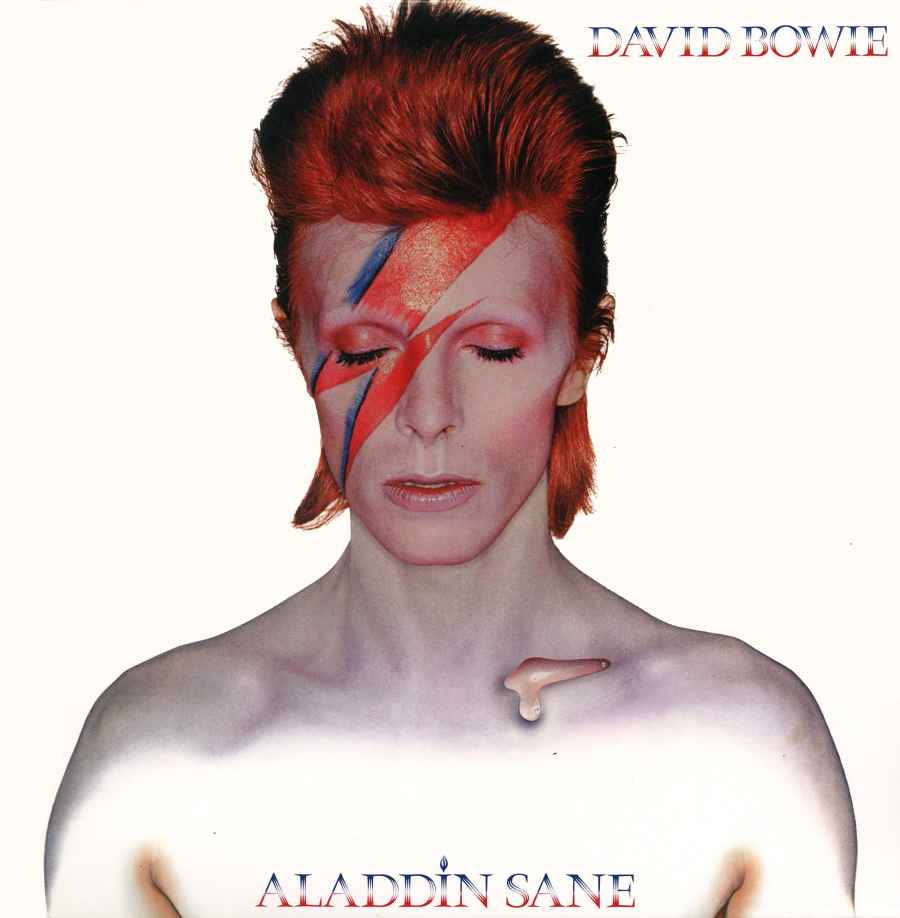The cover of David Bowie’s 1973 album Aladdin Sane is regarded as a creative masterpiece. It is surrounded by myth and contrasting stories, even from those who were directly involved in its creation. At the time it was the most expensive album cover ever produced – a stunning original image which went through a dye transfer process, extensive airbrushing and plates that were made up in Switzerland. The shoot took place on a Saturday in January 1973 in Duffy’s rectangular studio at 151a King Henry’s Road, London. In attendance were Duffy, Bowie, Duffy’s studio manager Francis Newman, Celia Philo (who assisted Duffy with the typography layout) and make-up artist Pierre Laroche. Newman recalls that Bowie’s flamboyant manager Tony Defries was there at the start but didn’t stay for the duration of the shoot.

He reveals, ‘Tony Defries commissioned it through [his company] MainMan Productions. I don’t think there was any budget as such. Tony just told Duffy to get on with it. Duffy told the story that Tony wanted it to be as expensive as possible to commit RCA into promoting it. Certainly it was [expensive] because the dye transfer print was incredibly expensive, about £1,000, which given that our day rate at the time was about £300 – that’s a lot of money.’ The images from the shoot were taken with Duffy’s Hasselblad using a ring flash unit, made by David Cecil, on Ektachrome ASA 64 120-format film. Duffy briefed Newman the day before the shoot and Newman went in at around 8am to set the studio up.
Newman recalls, ‘The others arrived in dribs and drabs and I think Bowie was last. They all disappeared into Duffy’s office to discuss what they were going to do. Every now and then Bowie would appear, open the front door and have a fag. Every time he came out I had a chat with him. He was absolutely charming and I did notice that his teeth were very yellow from the nicotine. Eventually they all came out [of the office] and said “OK” and we got started.’ Lightning bolt make-up The iconic lightning bolt make-up is said to have been inspired by a product logo. Newman remembers, ‘I wasn’t party to the discussion of how the flash originated, although I do remember the rice cooker that his [Duffy’s] mother had given him with a National Panasonic flash on it, so I can believe that.

After we’d been going for about half an hour in make-up Duffy was getting a bit irritated by Laroche, who was painstaking. Laroche started drawing this little flash on Bowie’s cheek and Duffy said, “No, not fucking like that, like this”. He got some lipstick and in ten seconds just drew the flash and then said, “Now fill that in”. And then we took the shots.’ Newman recalls the shoot only took 20 or 30 minutes. ‘As far as I remember we shot two rolls, 24 pictures, then we all went home.’ Once the pictures were done they went off to be airbrushed by Philip Castle, which included the addition of a small pool of water on Bowie’s collarbone and extra mascara. The whole project fell under the umbrella of Duffy Design Concepts.

It’s a testament to the power of the picture, and the artistic design, that the album cover is still being spoken about almost 50 years later. In the book Duffy Bowie: Five Sessions Duffy’s son Chris sums it up, ‘Who could have imagined that the moment he clicked the shutter on the Hasselblad that one of those images would become known as a cultural icon?’
David Bowie’s Aladdin Sane
Musicians: David Bowie, Mick Ronson, Trevor Bolder, Mick ‘Woody’ Woodmansey, Mike Garson, Ken Fordham, Brian ‘Bux’ Wilshaw, Juanita ‘Honey’ Franklin, Linda Lewis, G.A. MacCormack
Released: 20 April 1973 (RCA)
Best chart performance: No. 1 UK Albums Chart (the album entered the chart at No. 1). No. 2 UK year-end Albums Chart for 1973
Sales: Approx. 4.6 million worldwide
Fascinating fact: The Aladdin Sane album cover was the first of three album covers that Duffy shot for David Bowie. He was also responsible for the sleeve photography for Bowie’s 1979 LP Lodger, which was shot in the same studio as the Aladdin Sane cover, and the 1980 release Scary Monsters (and Super Creeps)
What our panel said

Jason Bell
It’s so simple, but so brilliant. It’s basically just ring flash and a white background, but then it subverts that by being airbrushed to the point where you’re not sure if it’s a painting or a photograph, which feels like a metaphor for Bowie struggling with his new-found superstardom.

Peter Hook
For a 17-year-old, full of the usual confusions of coming of age, it was appealing almost in a way that made you feel guilty. The music was amazing and, with that cover, the whole thing felt truly special. Carrying that LP round, front cover on show, made me feel cool, probably for the first time in my life!

Gered Mankowitz
I always thought it was an impressive dynamic and a brilliantly executed iconic image. Duffy was one of the great ‘naughty boys’ of photography – he and Donovan and Bailey were this wicked triumvirate who pulled the carpet whenever they had the chance and Tony Defries was a salesman par excellence.
About Duffy

Brian Duffy was born in England in 1933. His work spanned fashion, music, portraits, advertising and two Pirelli Calendars. By 1979 he was disillusioned by photography and attempted to burn his negatives. He didn’t pick up a camera again till 2009. After suffering from pulmonary fibrosis Duffy died in 2010. For more details of his work and special edition Bowie prints, see here.







